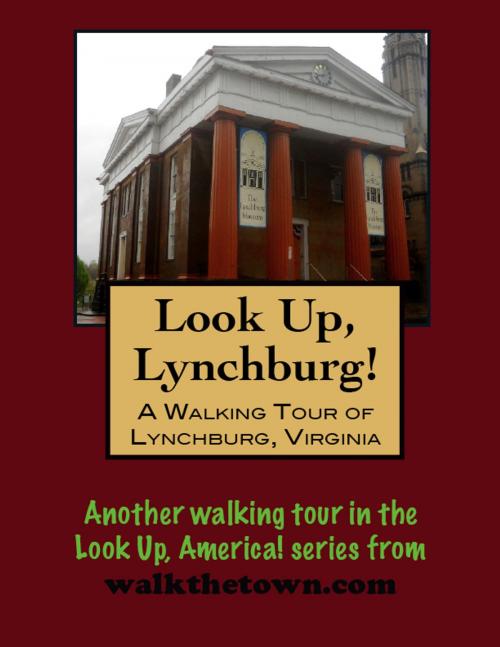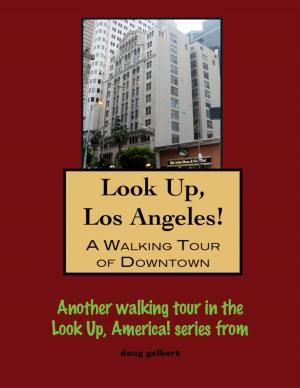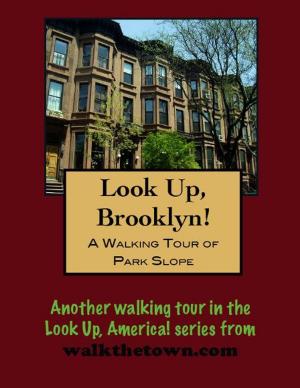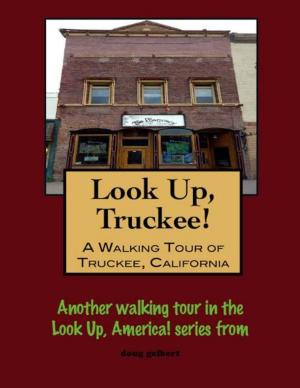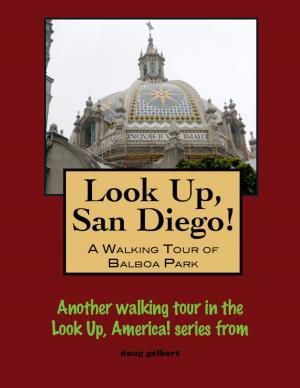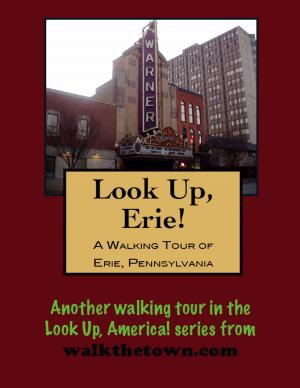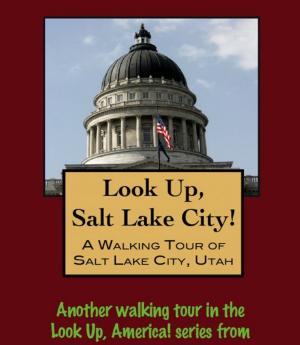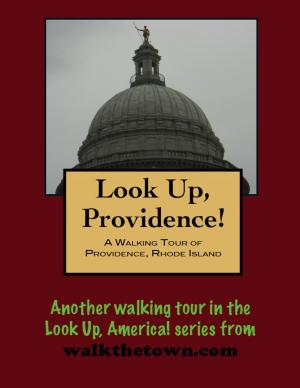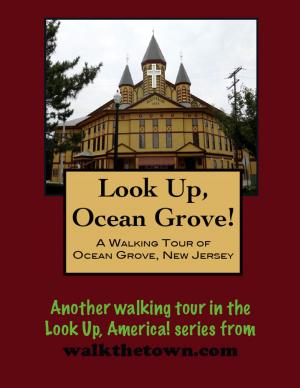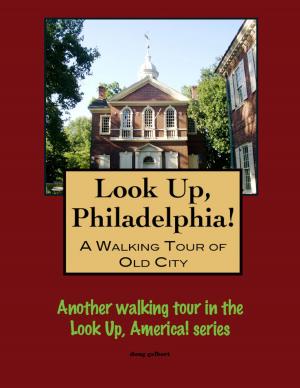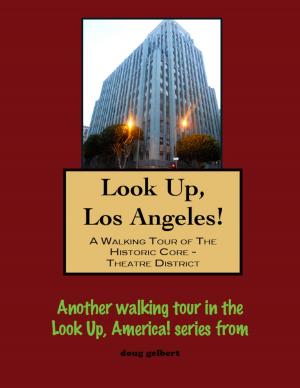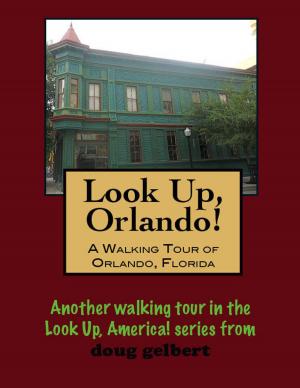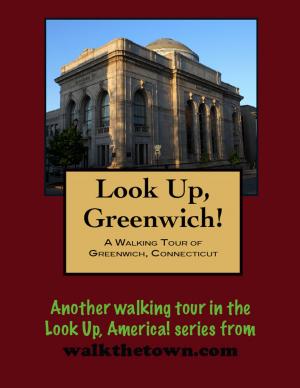| Author: | Doug Gelbert | ISBN: | 9781458050700 |
| Publisher: | Doug Gelbert | Publication: | May 2, 2011 |
| Imprint: | Smashwords Edition | Language: | English |
| Author: | Doug Gelbert |
| ISBN: | 9781458050700 |
| Publisher: | Doug Gelbert |
| Publication: | May 2, 2011 |
| Imprint: | Smashwords Edition |
| Language: | English |
There is no better way to see America than on foot. And there is no better way to appreciate what you are looking at than with a walking tour. Whether you are preparing for a road trip or just out to look at your own town in a new way, a downloadable walking tour is ready to explore when you are.
Each walking tour describes historical and architectural landmarks and provides pictures to help out when those pesky street addresses are missing. Every tour also includes a quick primer on identifying architectural styles seen on American streets.
John Lynch, who was only 17 at that time, established a ferry at a difficult ford in the James River in 1757. Over the years dwellings sprung up on the navigable river near his ferry house. Lynch expanded his enterprises himself in the 1780s when he constructed a tobacco warehouse on his land north of the river. In 1784 the ambitious Lynch petitioned the Virginia General Assembly to authorize a town charter for his little fiefdom. In 1786 his request was granted to establish "a town on the lands of Lynch in the County Campbell."
The new town was raised on tobacco, a variation known as dark leaf tobacco suited for chewing and rolling cigars. Hiogsheads of tobacco from the surrounding farms arrived at the James River and were poled down to Richmond in flat bateaux boats. By the time John Lynch died in 1820 at the age of 80 the town that developed on the hills surrounding his old ferry was well on its way to being the industrial star of southwestern Virginia. Thomas Jefferson wrote, "Lynchburg is perhaps the most rising place in the U.S.... It ranks now next to Richmond in importance..." In the years before the Civil War Lynchburg was among the richest towns per capita in the country.
Tobacco also kickstarted the Lynchburg economic engine following the Civil War. In 1882 Lynchburg native revolutionized the tobacco industry by inventing a cigarette rolling machine. Within five years more than 30,000,000 pounds of tobacco were marketed from Lynchburg. The foundation laid by tobacco led to a thriving trade in iron and steel. Its shoe factories were among the busiest in America. For a time the world's largest tannin extract plant operated here.
The 1880s to 1930s brought Lynchburg's greatest prosperity and the downtown area retains a wealth of commercial buildings from this era that we will see on our walking tour but first we will begin where the town began, at the site of John Lynch's ferry...
There is no better way to see America than on foot. And there is no better way to appreciate what you are looking at than with a walking tour. Whether you are preparing for a road trip or just out to look at your own town in a new way, a downloadable walking tour is ready to explore when you are.
Each walking tour describes historical and architectural landmarks and provides pictures to help out when those pesky street addresses are missing. Every tour also includes a quick primer on identifying architectural styles seen on American streets.
John Lynch, who was only 17 at that time, established a ferry at a difficult ford in the James River in 1757. Over the years dwellings sprung up on the navigable river near his ferry house. Lynch expanded his enterprises himself in the 1780s when he constructed a tobacco warehouse on his land north of the river. In 1784 the ambitious Lynch petitioned the Virginia General Assembly to authorize a town charter for his little fiefdom. In 1786 his request was granted to establish "a town on the lands of Lynch in the County Campbell."
The new town was raised on tobacco, a variation known as dark leaf tobacco suited for chewing and rolling cigars. Hiogsheads of tobacco from the surrounding farms arrived at the James River and were poled down to Richmond in flat bateaux boats. By the time John Lynch died in 1820 at the age of 80 the town that developed on the hills surrounding his old ferry was well on its way to being the industrial star of southwestern Virginia. Thomas Jefferson wrote, "Lynchburg is perhaps the most rising place in the U.S.... It ranks now next to Richmond in importance..." In the years before the Civil War Lynchburg was among the richest towns per capita in the country.
Tobacco also kickstarted the Lynchburg economic engine following the Civil War. In 1882 Lynchburg native revolutionized the tobacco industry by inventing a cigarette rolling machine. Within five years more than 30,000,000 pounds of tobacco were marketed from Lynchburg. The foundation laid by tobacco led to a thriving trade in iron and steel. Its shoe factories were among the busiest in America. For a time the world's largest tannin extract plant operated here.
The 1880s to 1930s brought Lynchburg's greatest prosperity and the downtown area retains a wealth of commercial buildings from this era that we will see on our walking tour but first we will begin where the town began, at the site of John Lynch's ferry...
